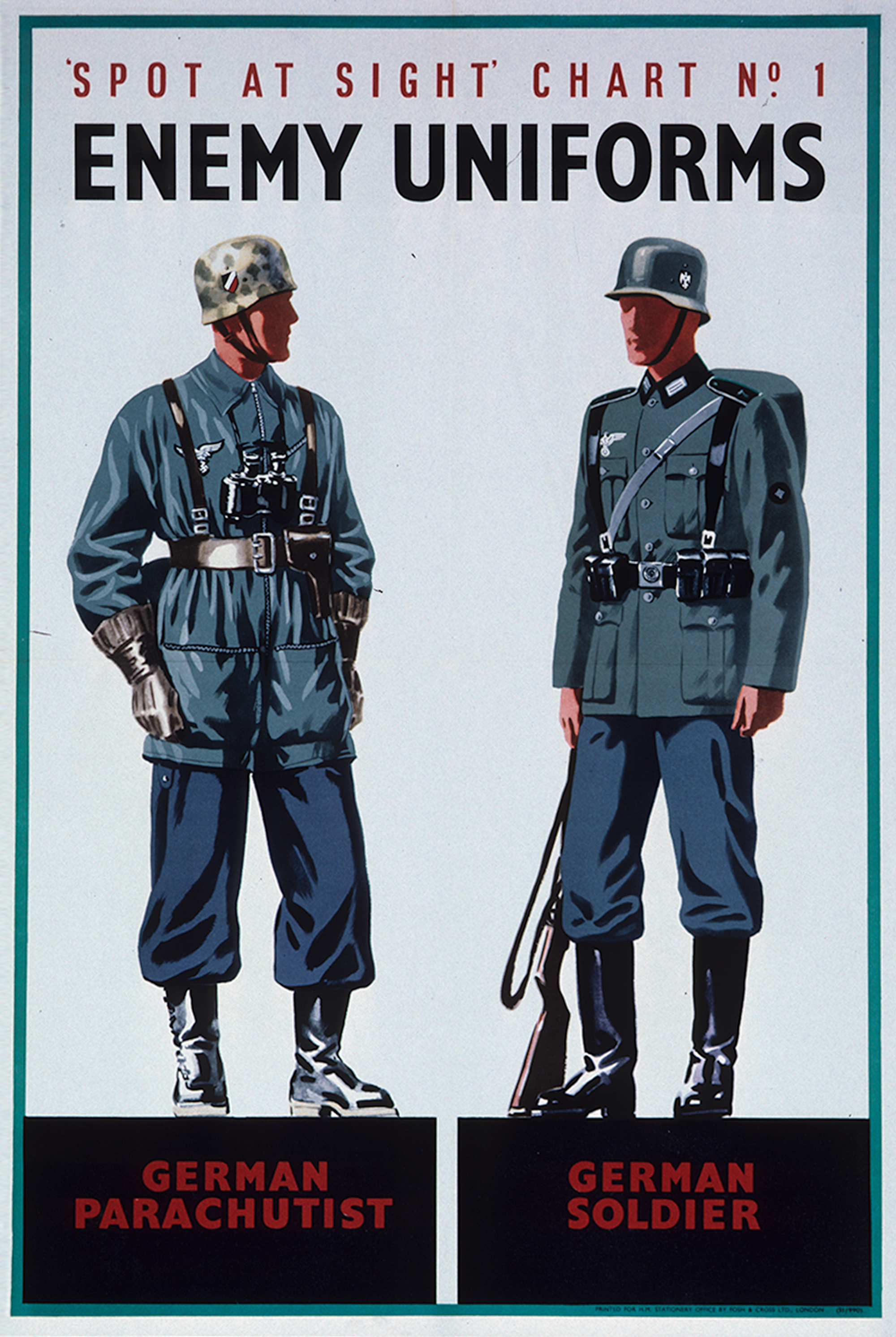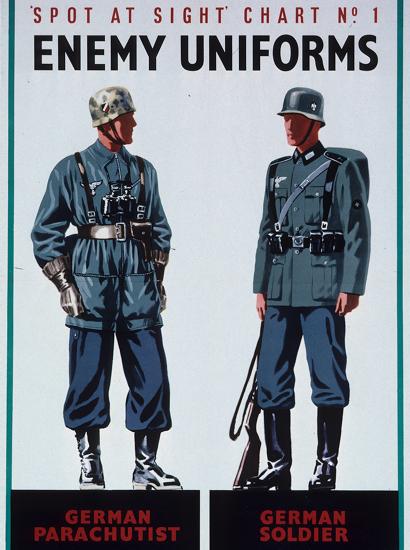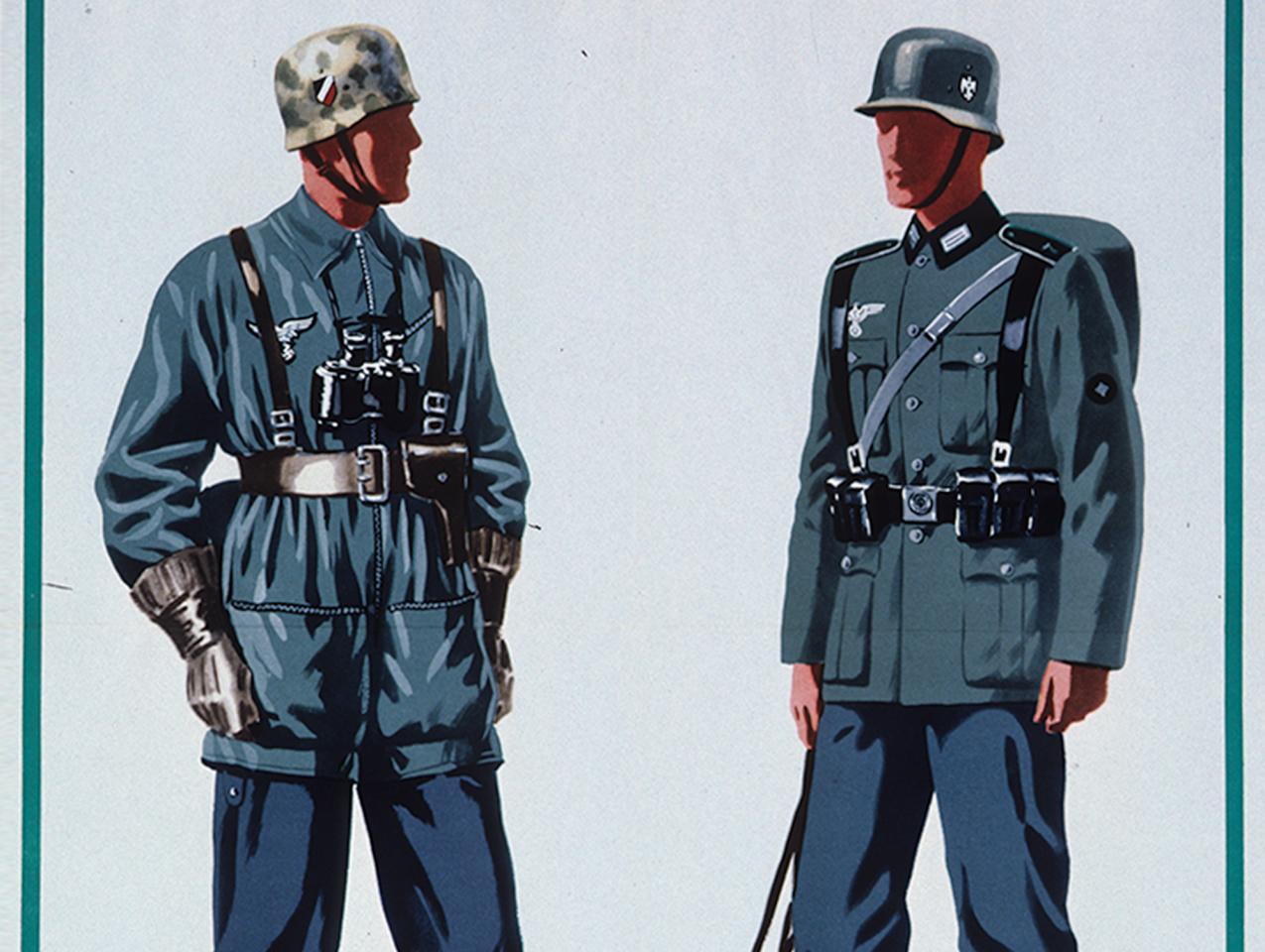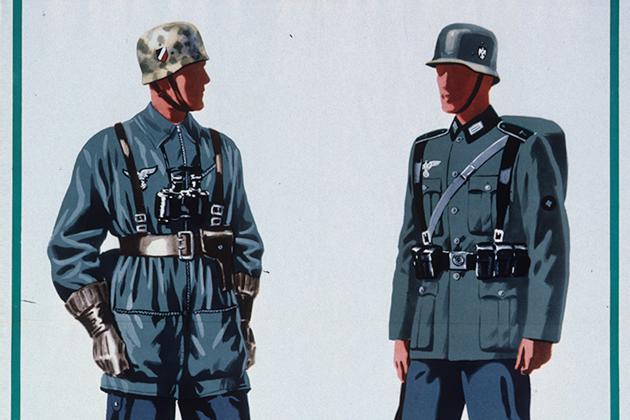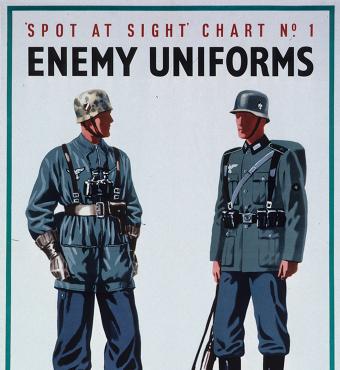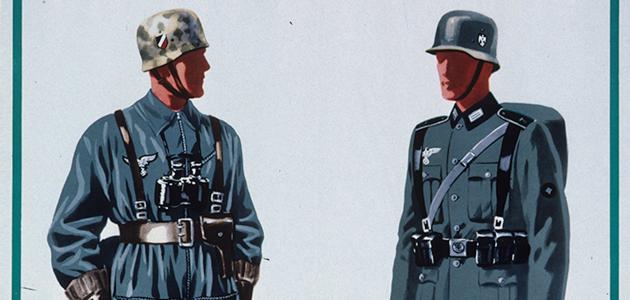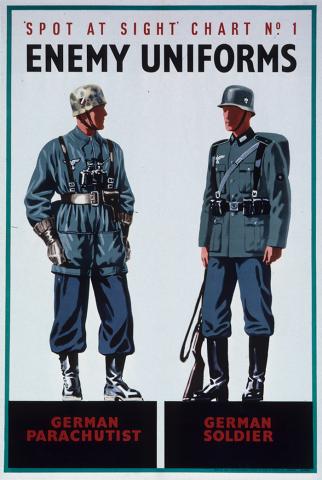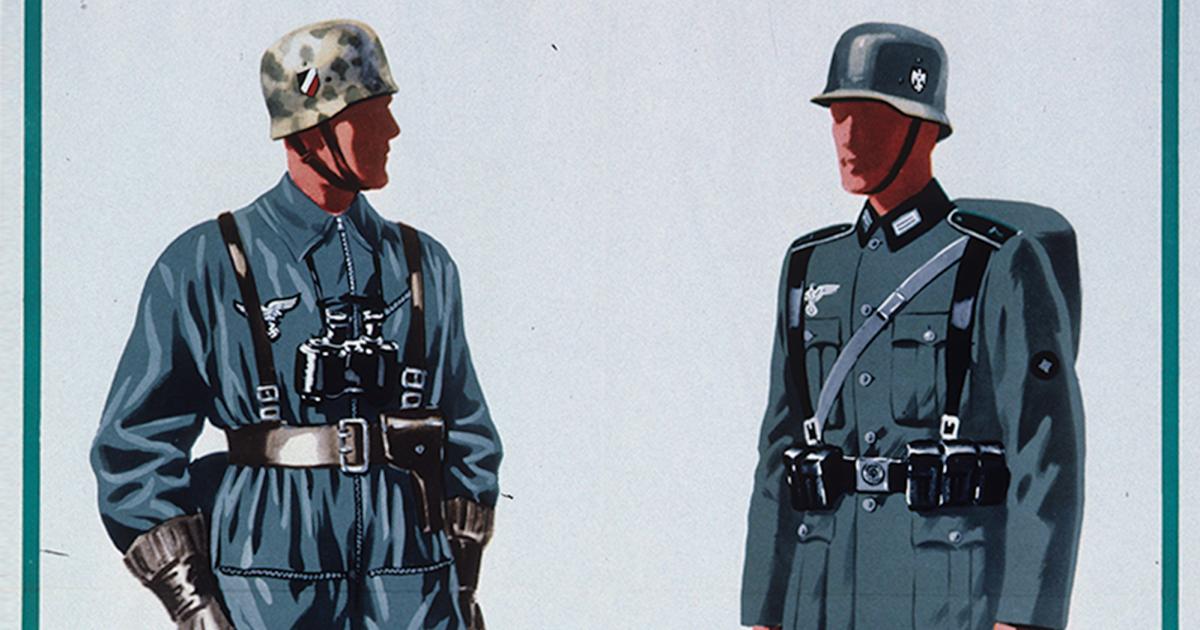A new exhibition opening in London this week sheds new light on the way the Nazis treated slave laborers during their occupation of the island of Alderney in the Channel Islands. Captured by the Germans in June 1940, the Channel Islands were the sole part of Britain to be captured during World War II, and therefore give an idea of what their occupation of Britain itself might have been like had they invaded the mainland successfully in 1940.
Piers Secunda’s exhibition, “Alderney: The Holocaust on British Soil,” confirms that there were in fact nine sites on the island where atrocities were committed, rather than the four that historians have hitherto assumed. The population of 1,400 had been evacuated to the mainland before the Germans arrived, and the island was used to imprison mainly Jewish and Russian POW slave laborers, at least seven hundred of whom died.
Secunda has found a wall in a builder’s yard that forensic scientists at the John Jay College of Criminal Justice in New York have confirmed through the examination of its bullet-holes’ trajectories had been used by firing squads. Prisoners left inscriptions in the buildings they built, such as the Star of David. During the five years of hellish occupation on the tiny, three mile long by 1½ mile wide island, POWS were tortured to death. One such was David Petrovitch, whose granddaughter has provided a photograph of him for the exhibition.
A survivor was Vasilii Kostin, who scratched his name into wet cement in one building, and who Secunda was able to trace. A chauffeur in Stalingrad before the war, Kostin was sent to Siberia after his liberation from Alderney, because he had surrendered to the Germans rather than obeying Stalin’s orders to fight to the death. He was amongst the 2,332 POWs liberated when the Germans surrendered Alderney on May 16, 1945.
Because the Channel Islands were impossible to defend, and all able-bodied men of fighting age had been evacuated from them before the Germans landed, it is impossible to extrapolate from the islanders’ surrender what would have happened on the mainland had the Germans won the Battle of Britain and launched a full-scale invasion. Instead of being ordered by the British Government to offer no resistance, as the Channel Islanders were, Churchill urged the exact opposite on the British mainlanders, telling them in speech after speech never to surrender, and that “You can always take one with you.” If the British had lost the struggle on the mainland, Alderney does at least give a grim indication of what the subsequent occupation would have been like.







